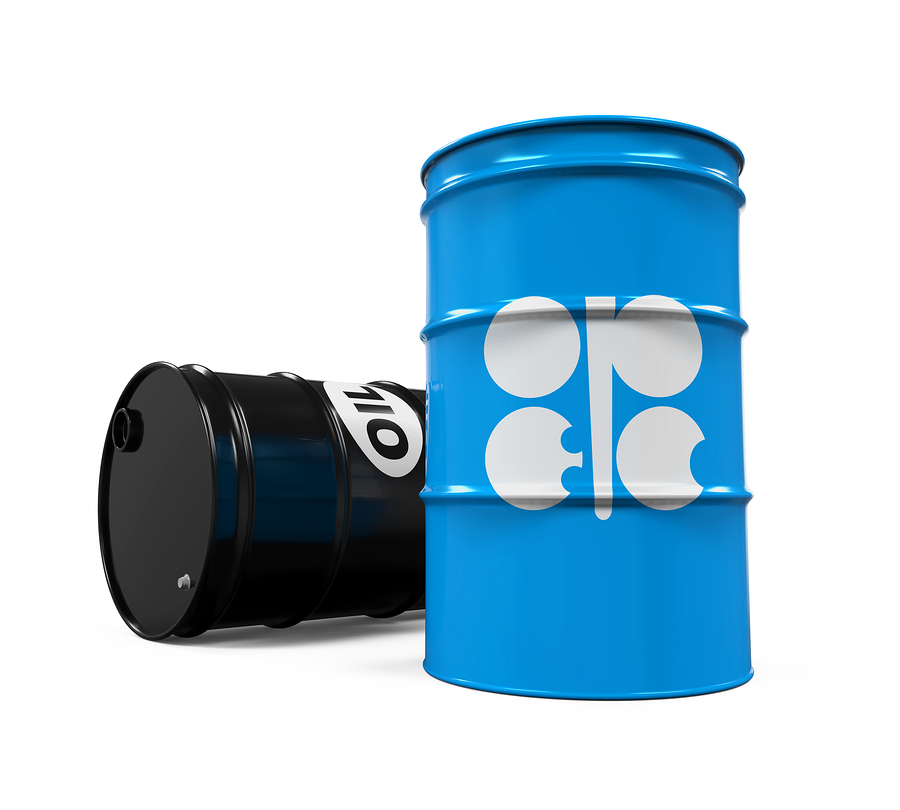OPEC has launched its annually updated World oil Outlook in Vienna, with a bullish view on oil demand to 2040.The Organization of the Petroleum Exporting Countries has been publishing the World Oil Outlook for the past decade and it has become a solid benchmark for analysts and industry journalists. It has also chosen to publish its update days ahead of the next climate change meeting of the UNFCCC.
IN a press release announcing the launch of the update OPEC Secretary General HE Mohammad Sanusi Barkindo is quoted: “The past year has been an historic one for OPEC and the global oil industry. Since publication of the WOO 2016 in early November last year, the oil market has undergone fundamental change. It has been a period where the rebalancing of the global oil market has gathered vital momentum, buoyed by a number of important factors.

OPEC points to some key messages in the outlook, namely that:
- Total primary energy demand is set to increase by 35%in the period to 2040
- Oil is expected to remain the fuel with the largest share in the energy mix throughout the forecast period to 2040
- Long-term oil demand has been revised upward by 7 m barrels a day (mb/d) compared to the WOO 2016, with total demand at over 111 mb/d by 2040
- There is no expectation for peak oil demand over the forecast period to 2040
- Developing countries will continue to lead demand growth, increasing by almost 24 mb/d, to reach 67 mb/d by 2040
- Long-term demand growth comes mainly from the road transportation (4 mb/d), petrochemicals (3.9 mb/d) and aviation (2.9 mb/d) sectors
- Oil demand in the road transportation sector is driven by the increasing car fleet in Developing countries and declining oil use per vehicle in the OECD region
- The car fleet is anticipated to change smoothly over the forecast period. In the passenger car segment, electric vehicles are estimated to represent 12%of the car fleet by 2040
- Non-OPEC liquids supply is forecast to increase from57 mb/d in 2016 to 62 mb/d in 2022, but in the long-term non-OPEC liquids output is anticipated to see a decline, dropping to4 mb/d by 2040, with US tight oil estimated to peak just after 2025
- The demand for OPEC crude is anticipated to expand to 4 mb/dby 2040
- The share of OPEC liquids in total global liquids supply is estimated to increase to 46%by 2040, from 40% in 2016;
- Around half of the estimated refining capacity additions are expected in the Asia-Pacific, which is projected to add 5 mb/dby 2040
- Capacity rationalization remains a long-term requirement, with some6-8 mb/d of closures indicated as needed by 2040 if refining regions are to maintain utilization rates of at least 80%
- Global crude movements are expected to increase by around 5 mb/d between 2016 and 2040, mostly supported by Asia-Pacific imports and Middle East exports
- In the period to 2040, the required global oil sector investment is estimated at $10.5 trillion
Bloomberg has pointed out that WOO, as it is known, is less as exciting as it sounds and enhanced the main OPEC members’ position on crude oil
The OPEC Outlook is a useful indicator in the tanker trade to assess demand, but also int he bunker industry to determine fuel type availability. This report will be particularly useful as the global fleet takes stock of fuel choices ahead of the 2020 rule change forcing vessels to use fuels of less than 0.5% sulphur content.
The latest outlook update comes days before the UNFCCC meets in Bonn for more international discussions on how to mitigate and reduce the impacts of climate change. Included in the discussions will be the level of commitment by signatories tot he Paris Agreement (Which could impact oil demand and usage). There will also be side discussions at the diplomatic talks about the level of commitment that the shipping industry should be expected to contribute.
Full details of the outlook can be found on http://www.opec.org/opec_web/en/publications/340.htm.
Fathom-news.com

































